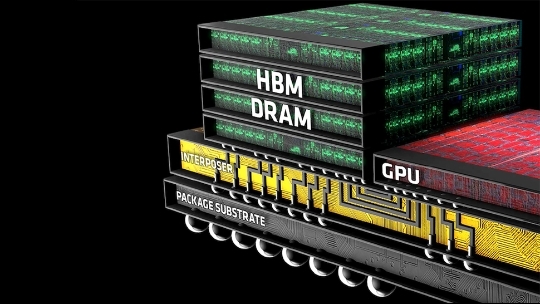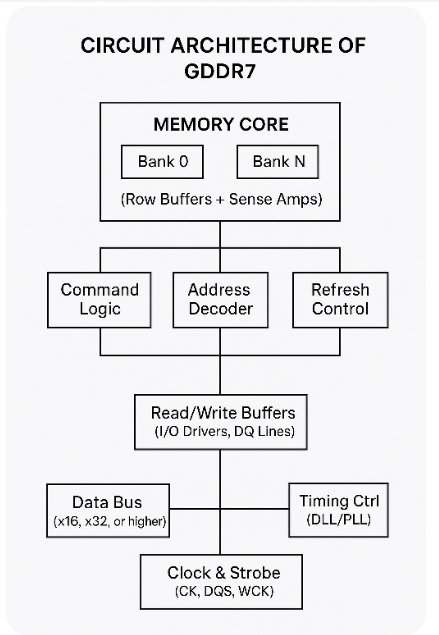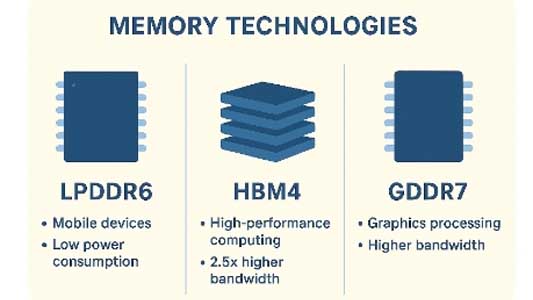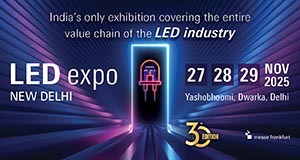This is an exciting time for memory technology, driven primarily by the insatiable demands of AI, high-performance computing, and advanced graphics. Here’s a detailed breakdown of the next generation of memory devices: LPDDR6, HBM4, and GDDR7.
Deep Dive into the Technology
LPDDR6 (Low-Power Double Data Rate 6)
What it is:The next standard in mobile memory, successor to the ubiquitous LPDDR5/X found in current smartphones and laptops.
Key Advancements:
- PAM3 Signaling: This is the biggest leap. Previous DDR memories used NRZ (PAM2), which transmits 1 bit per cycle (0 or 1). PAM3 (Pulse Amplitude Modulation with 3 levels) transmits log2(3) ≈ 1.58 bits per cycle. This allows for a significant data rate increase without having to double the frequency, which saves power.
- Higher Data Rates: Targets a starting speed of 10 Gbps/pin , moving towards 12.8 Gbps/pin and beyond. A 64-bit bus at 12.8 Gbps would provide over 100 GB/s of bandwidth.
- Enhanced Power Management: Further refined sleep and active power states to extend battery life in mobile devices.
- Use Cases: Flagship smartphones, AR/VR headsets, ultra-thin laptops, and any device where battery life is paramount without sacrificing performance.

Figure- HBM4 memory ( image credit – Tom’s hardware )
What it is:The fourth generation of 3D-stacked memory, where DRAM dies are stacked on top of each other and connected via silicon vias (TSVs), sitting next to a GPU or CPU on the same package (2.5D/3D integration).
Key Advancements:
- Wider Interface: The monumental shift is moving from a 1024-bit bus per stack to a 2048-bit bus. This directly doubles the potential bandwidth without increasing the data rate.
- Higher Stacking: Support for 16-high stacks (16 DRAM dies + 1 base die), increasing capacity dramatically.
- The “Base Die” Revolution: HBM4 may allow the processor vendor (e.g., NVIDIA, AMD) to design their own **custom base die**. This base die could include CPU cores, specialized AI accelerators, or cache, turning the HBM stack into a more intelligent, integrated subsystem.
- Back-Side Power Delivery: Likely to adopt this technology (like Intel’s PowerVia) for the base die to improve power efficiency and signal integrity.
- Use Cases: The pinnacle of performance for AI training clusters (NVIDIA Blackwell, AMD Instinct), supercomputing (exascale computing), and the absolute highest-end data center GPUs.
GDDR7 (Graphics Double Data Rate 7)

What it is: The successor to GDDR6/GDDR6X, designed for high-performance graphics cards and game consoles. JEDEC officially standardized it in March 2024.
Key Advancements:
- PAM3 Signaling: Like LPDDR6, GDDR7 adopts PAM3 signaling to achieve higher data rates without a proportional increase in power consumption from frequency scaling.
- 32 Gbps to 48 Gbps: The standard defines speeds from 32 Gbps/pin up to 48 Gbps/pin . At 48 Gbps on a 384-bit bus, a GPU would have a staggering ~2.3 TB/s of bandwidth.
- Improved Efficiency: Features a new low-power mode and architectural improvements for better bandwidth per watt than GDDR6X.
- Independent Channels: Each 16-bit channel can be accessed independently, improving memory access efficiency.
- Use Cases: High-end consumer graphics cards (e.g., future NVIDIA RTX 50-series, AMD RDNA 4), next-generation game consoles (PlayStation 6, Xbox), and performance-focused AI inferencing cards.
How They Fit Together: Not Competitors, but Specialists
- It’s crucial to understand that these technologies are not directly competing; they are specialized tools for different jobs.
- LPDDR6 is the efficiency king. It wins in the market of billions of devices where every milliwatt of power matters.
- HBM4 is the performance sovereign . It wins in applications where cost is secondary to achieving the absolute highest bandwidth and integration density, primarily in multi-billion dollar data centers.
GDDR7 is the performance workhorse. It strikes the best balance between high bandwidth, acceptable cost, and design maturity for the consumer and prosumer high-performance market (gaming GPUs, workstations).
A single system might even use a combination of these. For example, a future AI server could use:
- HBM4 on the main AI accelerator for processing huge models.
- LPDDR6 on the companion CPU for power-efficient management tasks.
- GDDR7 on secondary accelerator cards for inference workloads.
In summary:
The memory landscape is diversifying to meet the extreme demands of modern computing. LPDDR6 will power your next phone, GDDR7 will power your next game console and graphics card, and HBM4 will power the AI systems that define the next technological era.
References: 1)Deepseek and chatGPT.
About the author : Vinayak. Ramachandra. Adkoli, B. E. in Industrial Production and served as lecturer in three different polytechnics for 10 years. I am also a freelance writer and cartoonist.














